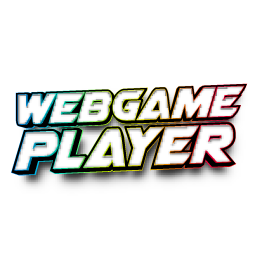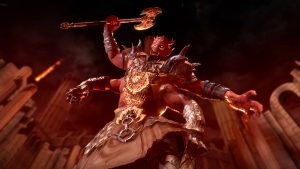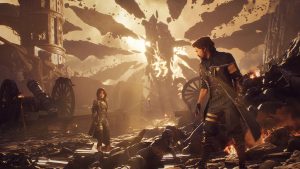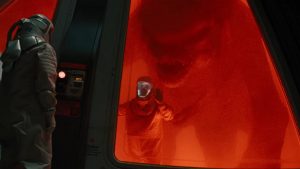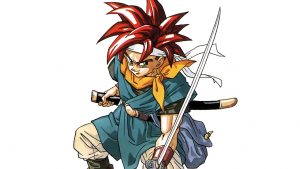NFTs within your favourite games are inevitable – but what are they?
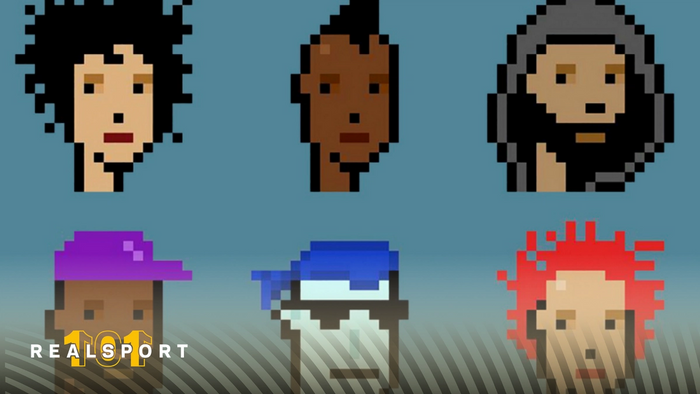
The gaming landscape is an ever-changing one, not just with a relentless array of new titles coming out, but also with different ways to play and engage with games.
With eFootball, GOALS, and UFL all opting for a free-to-play model, FIFA 23 could have some stiff competition upon release, and EA may make changes in Ultimate Team to give players more ownership of in-game items.
NFTs are a relatively new addition to gaming and something that could have a huge impact on the future of game design.
But what actually are they? How do they work? We spoke to an expert to try and shed some light on the situation.
The Future of Gaming
As mentioned, we are seeing lots of free-to-play games hitting the market, which is flowing over to the football titles as well.
Konami’s eFootball is already out, with in-development games GOALS and UFL also stating they will be free-to-play, putting even more pressure on FIFA 23 to live up to its ever-increasing price tag.
Not only will the non-FIFA titles be free to play, but the team behind GOALS issued a statement about their intent:
As revolutionizing as traditional football games once were, it is time for a new era. Users deserve a free-to-play football game with enjoyable gameplay and full ownership of their assets.
Through the play-and-own model, all users will be the rightful owners of their assets, which are earned for free through gameplay. By introducing digital ownership in GOALS, users will at all times be able to sell their assets in an open marketplace for real-life money if desired.
By making users the owners of their digital assets, GOALS is bringing NFTs into the equation, something that could spread throughout other football games.
If you don’t know what that means, don’t worry, you’re not alone! We’re here to help explain the process.
Pro Advice
Non-fungible tokens, or NFTs, are definitely an area where some expert advice is needed to guide you through the ins and outs, so luckily for us, we knew exactly where to turn.
Oliver Barsby is the editor on Planet Crypto, which is Gfinitiy’s cryptocurrency section, and he has been keeping an eye over NFTs as they evolve.
“I’ve been around the cryptocurrency space for a good year and a half and that’s in a year and a half when NFTs really took off.
“People didn’t really start talking about them until the summer of 2021. I knew about them before that and I’ve been on it, seeing the rise and the falls and then tracking the big ones which are going up and down.”
Don’t worry, this shouldn’t be too heavy a read, as Ollie is also into gaming, which is where he started his career in journalism.
“I play first-person shooters, I play FIFA when it comes out for like a couple of months and a lot of turn-based games.
“So I have a gaming angle on NFTs and I do have a look around that as well.”
Keep it Simple
We started off our interview with a big question but requested a simple answer. What are NFTs?
“It is a big question. The simple thing is digital assets that are stored on a blockchain.”
Uh-oh, more new words. Luckily, this isn’t the first time Ollie has had to dumb down his answers to explain the complex subject that is NFTs.
“But that often doesn’t help because then you get asked, what is a blockchain?
“A blockchain is basically a big sort of spreadsheet which everybody has to validate.
“I think of it like a digital trading card, except their ownership isn’t on one big company. So Steam have trading cards that they own and they are the ones to have the platform.
“With NFTs, it’s on a blockchain which is publicly supported, so it’s on an open-source blockchain. Once it’s on there, you can’t take it away, as it’s already out there.
“So if you put an NFT on the Etherion blockchain, it stays there permanently, or until a blockchain collapses, which, I don’t think it will for a while – if it ever does – because the amount of people who support it is in the millions.”
Cool, so NFTs are digital assets stored on a big digital spreadsheet that is corroborated by millions of people, so there are plenty of eyes on it making sure nothing suspicious is going on. You still with us?
Something out of Nothing
To us, it seems like it is something, but also nothing, much like how we can see numbers on a screen at an ATM, which represent money but they aren’t actually the cold hard cash.
“Obviously it’s a digital asset, it’s not a physical thing.
“People think that you own, for example, the photos, but you don’t own any photos. You own an NFT of the photo.
“There will be one tokenized version on this blockchain, which has been uploaded by someone at one point and there’ll be a link to that photo – or something like that – but everyone knows there’s that one.
“I’ve seen someone describe it before as a way to take the mick. They said it’s like if you go into a museum, and you see the Mona Lisa, and behind the Mona Lisa is a note saying, X owns the Mona Lisa.
“Someone was using that to take the mick and be like, you don’t actually own it, but that is a good way to describe it. Someone can see this picture and they think, okay, I can see this NFT. I can use this picture, do whatever, but there is always that one person who does actually own the NFT of that picture.”
Money Makers
So, you now own the NFT of the digital equivalent of the Mona Lisa, what’s in it for you as the owner?
“You can sell it”, is Ollie’s response.
Really, it can be that simple.
“If you have an NFT and then someone is like, ‘oh, this is a really good NFT, I want it,’ then they can buy it off you for more, which is why so many people buy NFTs in the first place – for that money aspect.”
So how are NFTs currently being used in the real world?
“At the moment they’re not really, it’s mainly used for art and seen as an investment. A lot of it is highly speculative, people are buying it because they think the price is gonna go up.
“But there are some more niche uses outside of that. We have seen them used for tickets at some events. You can have a ticket as an NFT.
“The metaverse is obviously a big thing for NFTs, for items in there. Social media is another, as there are more users there, so on Twitter, you can have an NFT as your profile picture. Digital identity is one area where it’s slowly coming in.
“There are a few other places where people want them to be used, such as for health care records, but they’ve not been successful yet.
“And then gaming.”
GOALS vs EA
As we said earlier, GOALS is already looking to include NFTs, but will that automatically make them a big new player in football games?
“It’s hard to say because is the game fun? That’s the main thing.
“That’s always the one thing I ask people when I talk about NFT games. What’s your gameplay, how fun is it?
“It also depends on how fair and how useful people think the NFTs are. GOALS will make their money through people trading NFTs, and people will trade NFTs if they enjoy the game.”
When put like that, Ollie makes a very strong point – gameplay must come first.
It’s all well and good including NFTs, but if the game isn’t up to scratch, it will fall flat.
That is an area where EA has an advantage, as their FIFA series is already a massive success.
EA and FIFA are set to go their separate ways when their deal expires after FIFA 23, and one reason supposedly behind them not renewing the deal was that EA wanted to introduce NFTs, which FIFA was against.
It seems that without the restrictions FIFA puts on EA, we could see them release a game – potentially called EA Sports FC – in the not-so-distant future, which will feature NFTs.
How far they go with that is anyone’s guess, with the possibility that specific cards, kits, and stadiums could all be bought and traded for real money.
Whatever happens, NFTs within your favourite games (or your future favourites) looks inevitable, so make sure you are clued up on the subject before that time comes.
